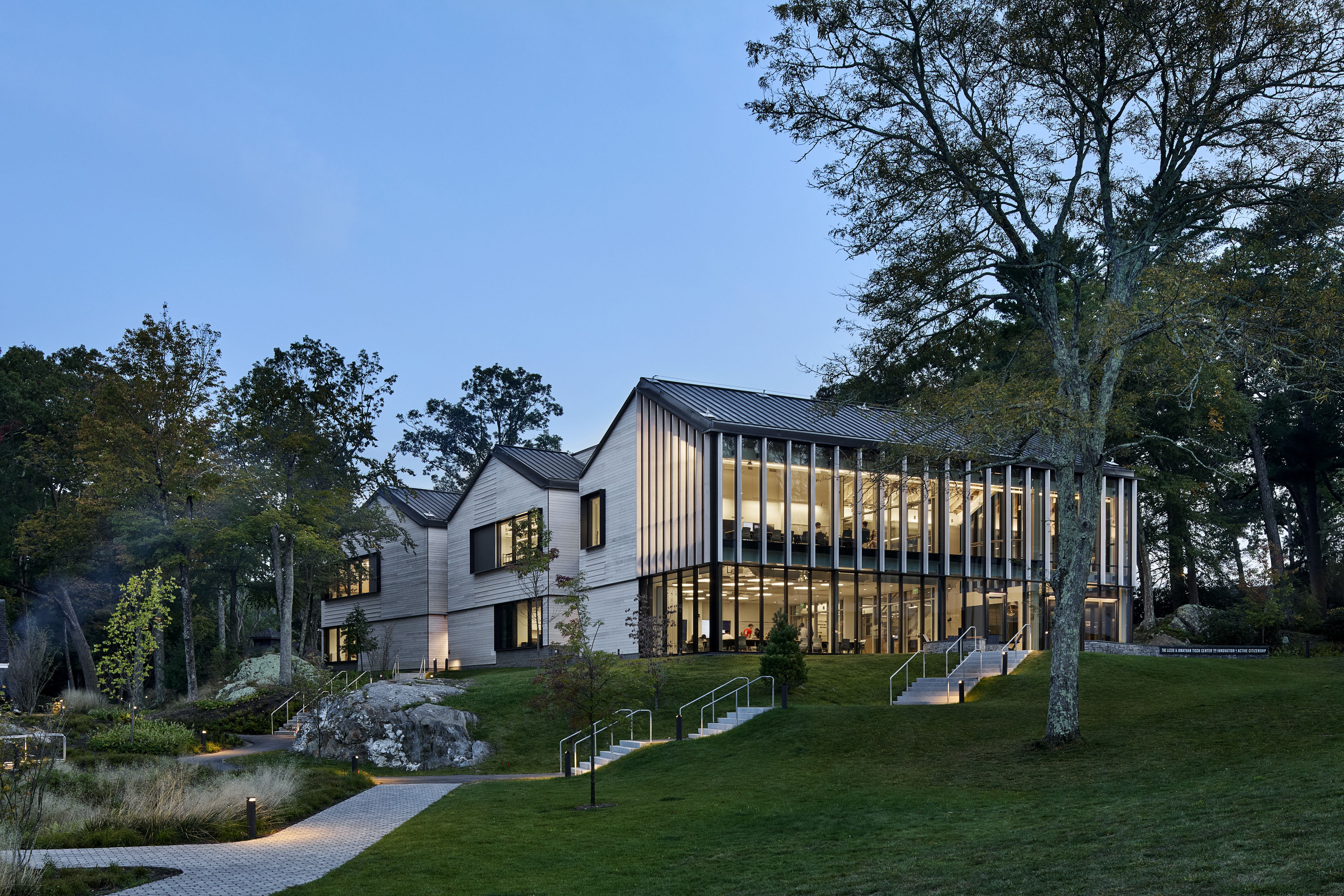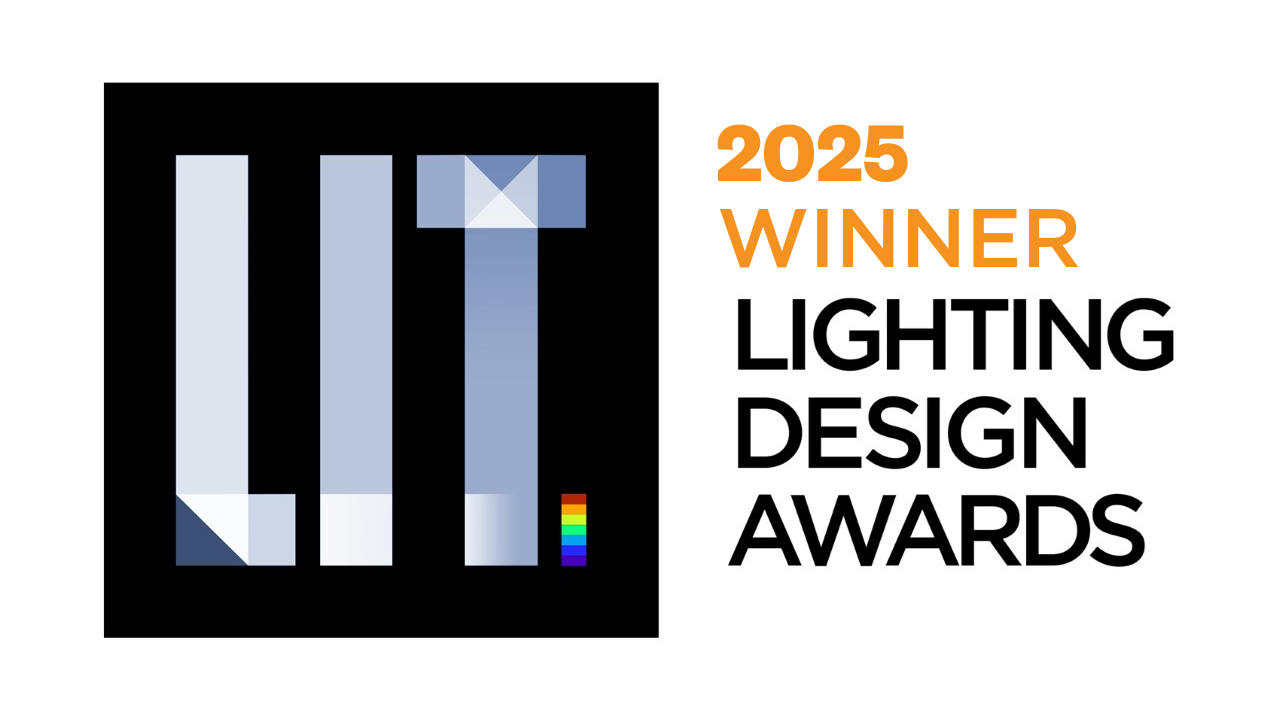Prize(s) Winners in Interior Architectural Illumination
Lighting Design/Product Company Lam Partners
Lead Designers Sarah Donald
Other Designer's names Lisa Wong
Architecture Company Sasaki
Client The Frederick Gunn School
Photo Credits Jeremy Bitterman
Completion Date January 2024
Project Location Washington, CT
Entry DescriptionThe Frederick Gunn School’s new Center for Innovation and Active Citizenship serves as an open, transparent hub for engineering, computer science, and math. Replacing the former Brutalist science center, the 24,000-square-foot facility reflects the school’s commitment to adaptability, progress, and environmental stewardship.
Lighting design supports this near-Net Zero project through efficiency and restraint. Interior fixtures were specified with tailored lumen packages to reduce loads and minimize energy use. In large gathering spaces, lighting is precisely directed onto surfaces where needed, avoiding unnecessary spill into the exterior environment. Low, dark-sky compliant bollards provide glare-free pathways while preserving views of the night sky.
Astronomical time-clock controls and preset scenes adjust lighting levels across public, classroom, and lab spaces for comfort and energy savings. Each space was composed three-dimensionally to balance function and ambiance while maintaining visual comfort. With a lighting power density 23% below code, the design exemplifies the school’s holistic approach to sustainability, wellness, and light.
Sustainability ApproachSustainability drives the lighting design through energy efficiency, control precision, and sensitivity to the natural environment. Tailored lumen packages minimize energy use, contributing to the project’s near-Net Zero performance. Lighting is carefully targeted to surfaces, reducing spill light and preserving darkness across the surrounding landscape. Exterior illumination uses low, dark-sky compliant bollards that provide safe, glare-free paths while protecting night-sky visibility. Astronomical time-clock controls and scene presets optimize lighting based on occupancy and time of day, further reducing waste. Achieving a lighting power density 23% below code, the design embodies a balance of performance, comfort, and environmental responsibility.


